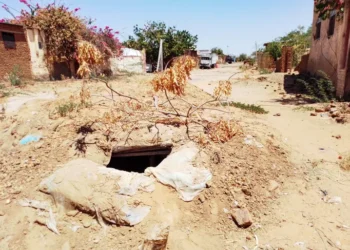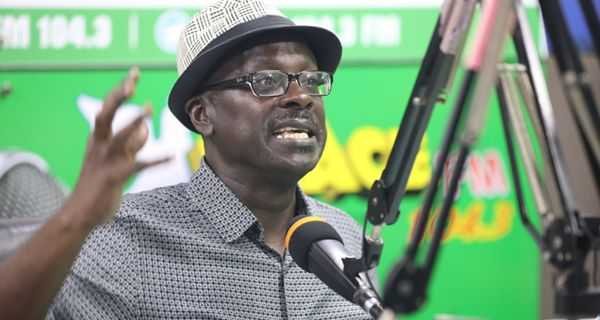The Sursock Museum in Lebanon has reopened to tourists three years after a fatal disaster in Beirut harbor, caused by tons of wrongfully stored chemicals, that destroyed most of its prized artworks and artifacts.
The reopening was a rare shining light in a country recovering from an economic downturn, that has left nearly three-quarters of Lebanon’s 6 million people in misery.
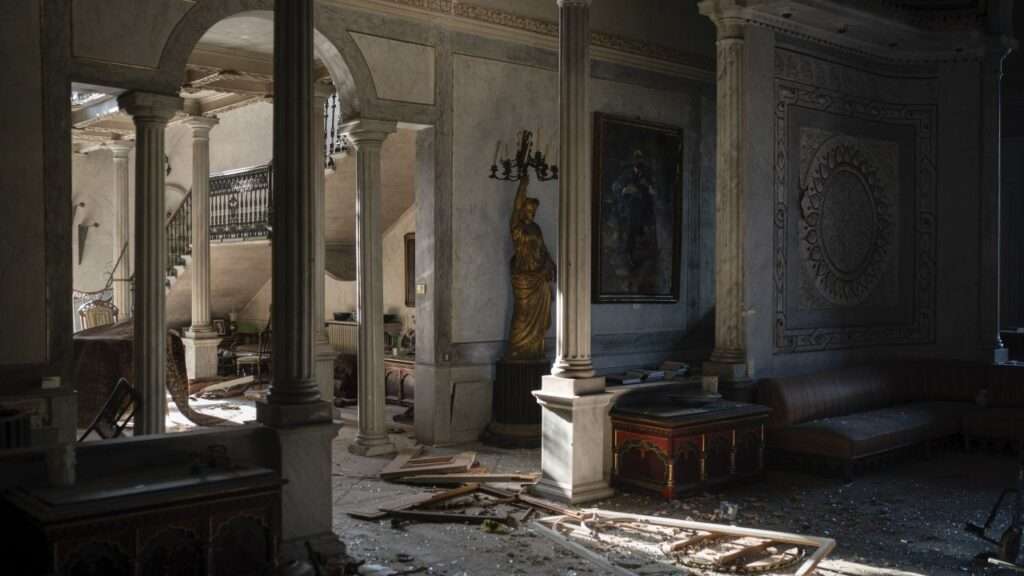
The sumptuous mansion, erected in 1912 as a private villa on a hilltop above the city’s Achrafieh quarter, combined Venetian and Ottoman designs. When its owner, the famous Lebanese art dealer Nicolas Ibrahim Sursock, died in 1952, he left his cherished mansion to his people to be converted into a modern art museum.
The museum showcased Lebanese art from the late 1800s, featuring the paintings of renowned painter, Georges Corm and Fouad Debbas’ library of 30,000 images, which is one of the greatest private photo library in the world.
The photographs date from 1830 to the 1960s, and are from the Levant, an area spanning nations along the eastern Mediterranean from Turkey to Egypt. A seven-year effort began in 2008 to refurbish and enhance the museum, which reopened in 2015.
However, the Aug. 4, 2020 explosion in Beirut, which was barely about 800 meters distant, hurled the museum. The glass windows shattered, the doors collapsed, and over half of the artwork on exhibit was destroyed. The blast swept over much of Beirut, taken over 200 lives and wounding over 6,000 others.
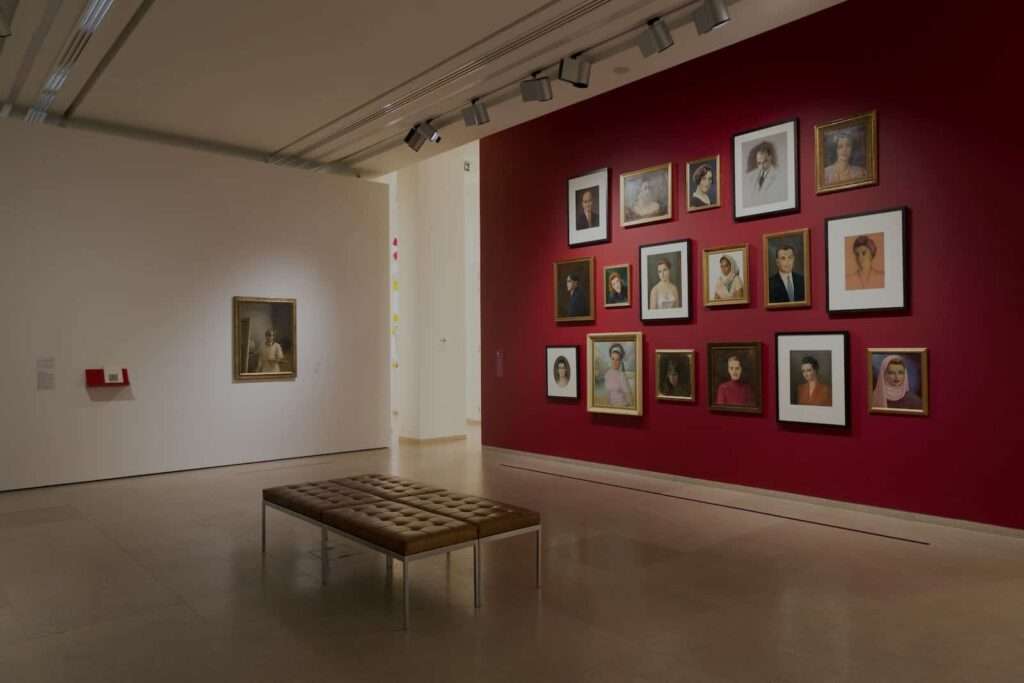
According to museum director, Karina El Helou, the extent of damage was unimaginable. According to her, 70% of the structure was severely damaged, as were 66 of the 132 art works on exhibition. The portrait of Nicolas Sursock by Dutch artist Kees Von Dongen, was shattered by fragments of glass.
Two months after the disaster, then-museum head Zeina Arida began a fundraising campaign, anticipating damages to be roughly $3 million. With help from Italy, France, UNESCO, and different private entities, the museum ultimately gathered more than $2 million to repair the structure and the artwork.
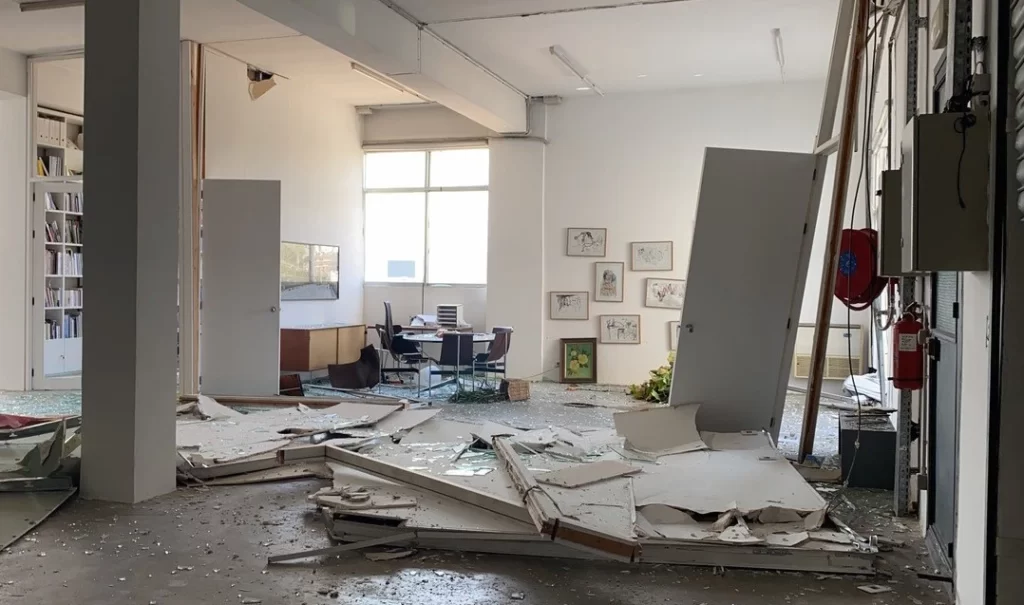
The restoration was an exhausting and lengthy process. Sursock’s portrait, together with two other works of art, was transported to Paris and repaired there. Specialists from Lebanon and elsewhere went to the museum to reassemble shattered clay sculptures and repair cracks and scratches on artworks. The explosion’s dust and debris were meticulously cleaned to restore the shine of many things.
“White powder from the blast that we saw everywhere in Beirut even reached our storage room four stories underground,” El Helou said. She hopes the reopening would encourage the morale of many Lebanese amid the country’s economic meltdown, and offer a “safe space” for free expression.
She went on to say that art is now more vital than ever. “In the face of darkness, artists fought through art and culture,” she explained.
Moreover, Dozens of people assembled in Sursock’s spacious tree-lined courtyard, to celebrate its reopening, greeted with choir and a band playing on the entry stairs. Sighs of relief were heard as the museum seemed exactly as it had before the explosion. Others recalled the way Beirut has deteriorated since then, and how many artists have fled the country.
“I now hope all the friends of the Sursock who may have left Lebanon in recent years at least come back to visit us,” the museum’s chairman, Tarek Mitri said.
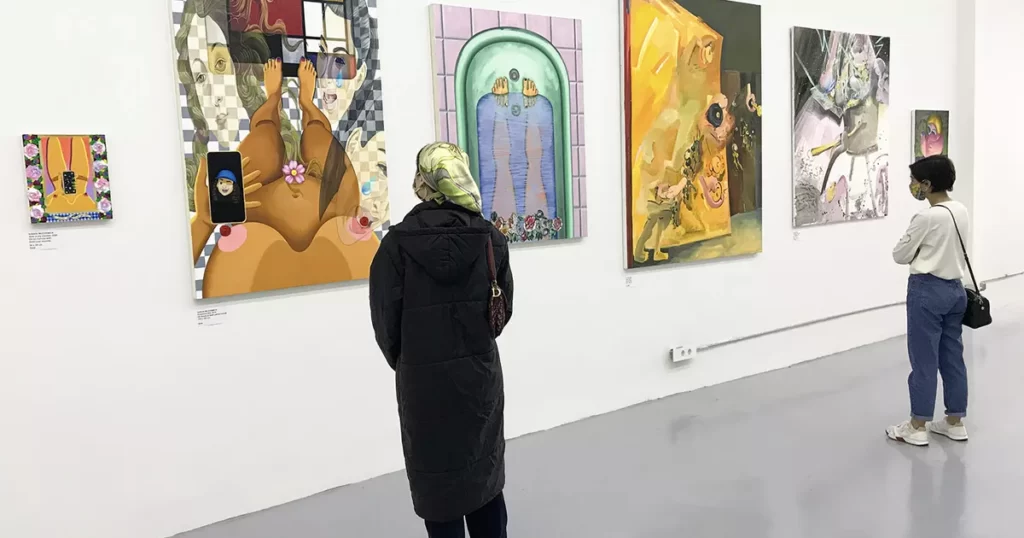
The Sursock Museum was not the only art site devastated in the port blast and afterwards repaired. The gallery Marfa Projects, located near one of the port’s entrances, was finally renovated and reopened. Others, such as the Saifi Urban Gardens, a family-run hostel that had evolved into a bustling cultural center with art studios and an exhibition space, were damaged and permanently shuttered.
Many historic structures, notably Ottoman-era houses constructed in the nineteenth century and destroyed in the blast, could be auctioned to investors if funding is not provided. The impoverished government of Lebanon has been struggling to afford large rehabilitation initiatives.



